The tasty and healthy quince fruit in its raw form is not only not easy to digest, it is even harmful to the stomach. But boiled or roasted quinces are delicious and loved by many people.
Quince marmalade has many medicinal properties, in addition to being perfect for pancakes. It is recommended for digestive disorders, which are of an inflammatory nature.
Quince seeds are very healthy, because they contain biologically active substances. They contain a lot of fructose, glucose, pectin compounds, potassium, calcium, iron, phosphorus, copper.
Quinces contain provitamin A, as well as vitamins C, E, B1, B2, B6, PP. Quince is not recommended for constipation, pleurisy, as well as for people who sing, since in large quantities it has a bad effect on the vocal cords.
Quince compote and boiled quinces to which honey and apple cider vinegar have been added improve digestion. The high level of pectin compounds in quinces improve the condition of stomach inflammations and digestive disorders.
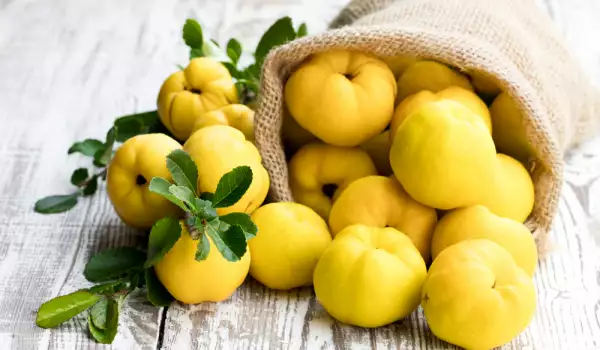
Roasted and boiled quinces are used as an antiemetic. The juice of ripe quinces is an antiseptic. Its consumption is beneficial for all those suffering from respiratory diseases.
Quinces are good for for cystitis. Due to the useful macro and microelements contained in quinces, these fruit have a good effect on the mood and drive away gloomy thoughts.
Asthmatic attacks can be reduced if a decoction of quince leaves is drunk. However, before that it is good to hear the opinion of a doctor.
Ten quince leaves are poured with one teacup of boiling water and boiled for fifteen minutes in a water bath. Drink two tablespoons three times a day before meals.
A decoction of quince seeds helps with gastritis. Ten grams of seeds are poured with warm water and stirred for five minutes. The seeds should not be grinded, because they will release the poisonous substance amygdalin, which gives the quince its slight bitter almond flavor.
The decoction is filtered and one tablespoon is drunk four times a day, half an hour after meals. This decoction is also very good for burns and skin irritations. The affected areas are smeared with the decoction at least ten times during the day.
Read more on how to make quince tea, how to dry quinces and how to store quinces.
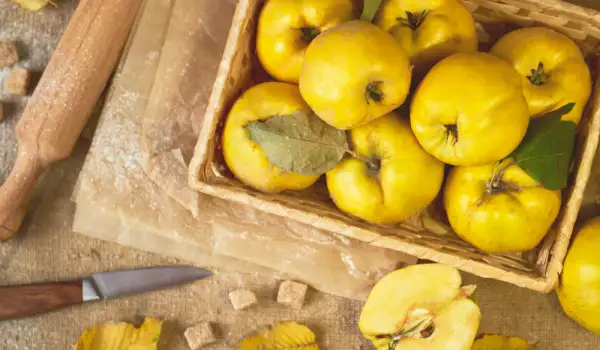

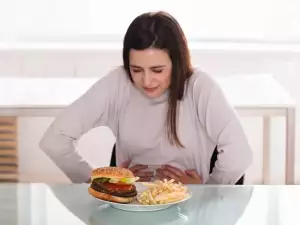




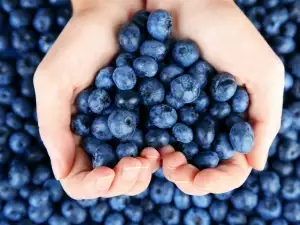
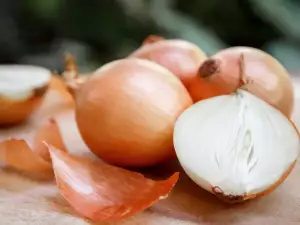
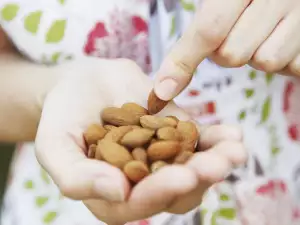
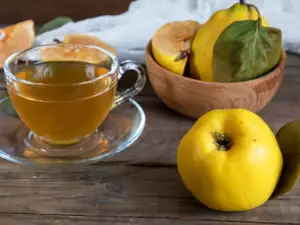
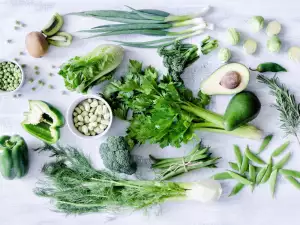
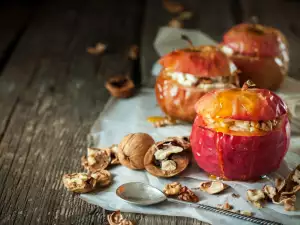


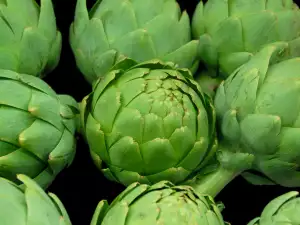




Comments